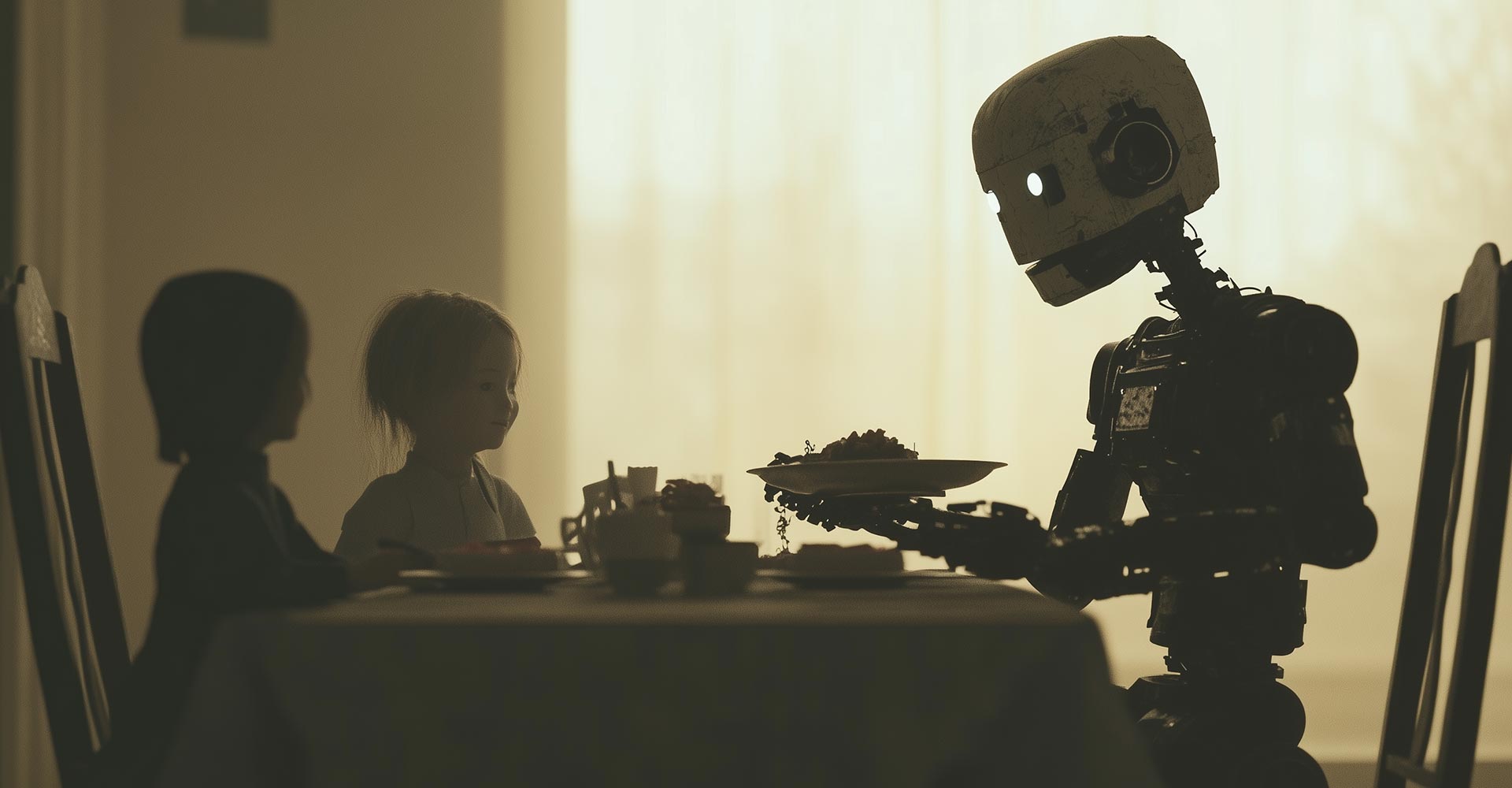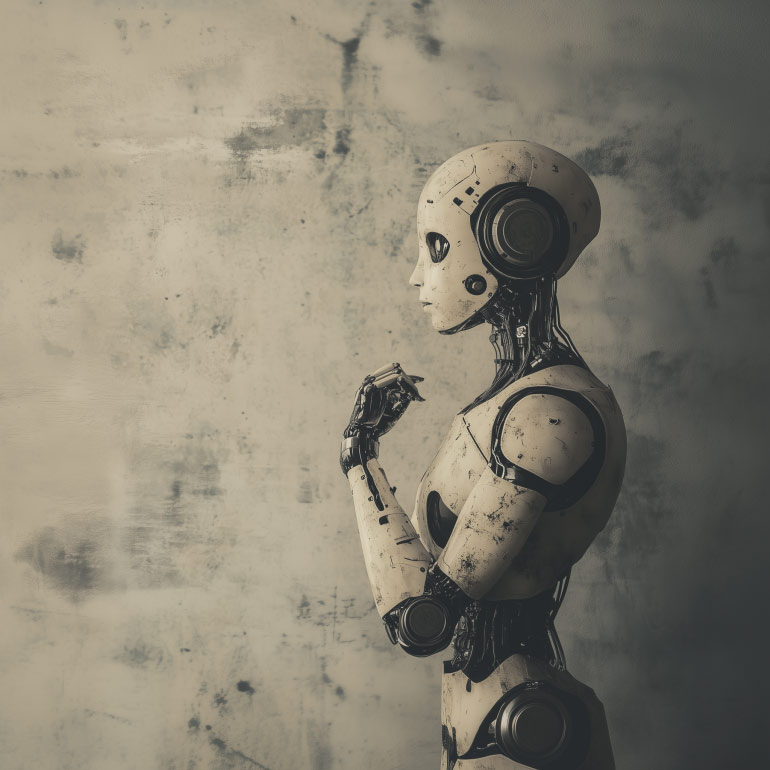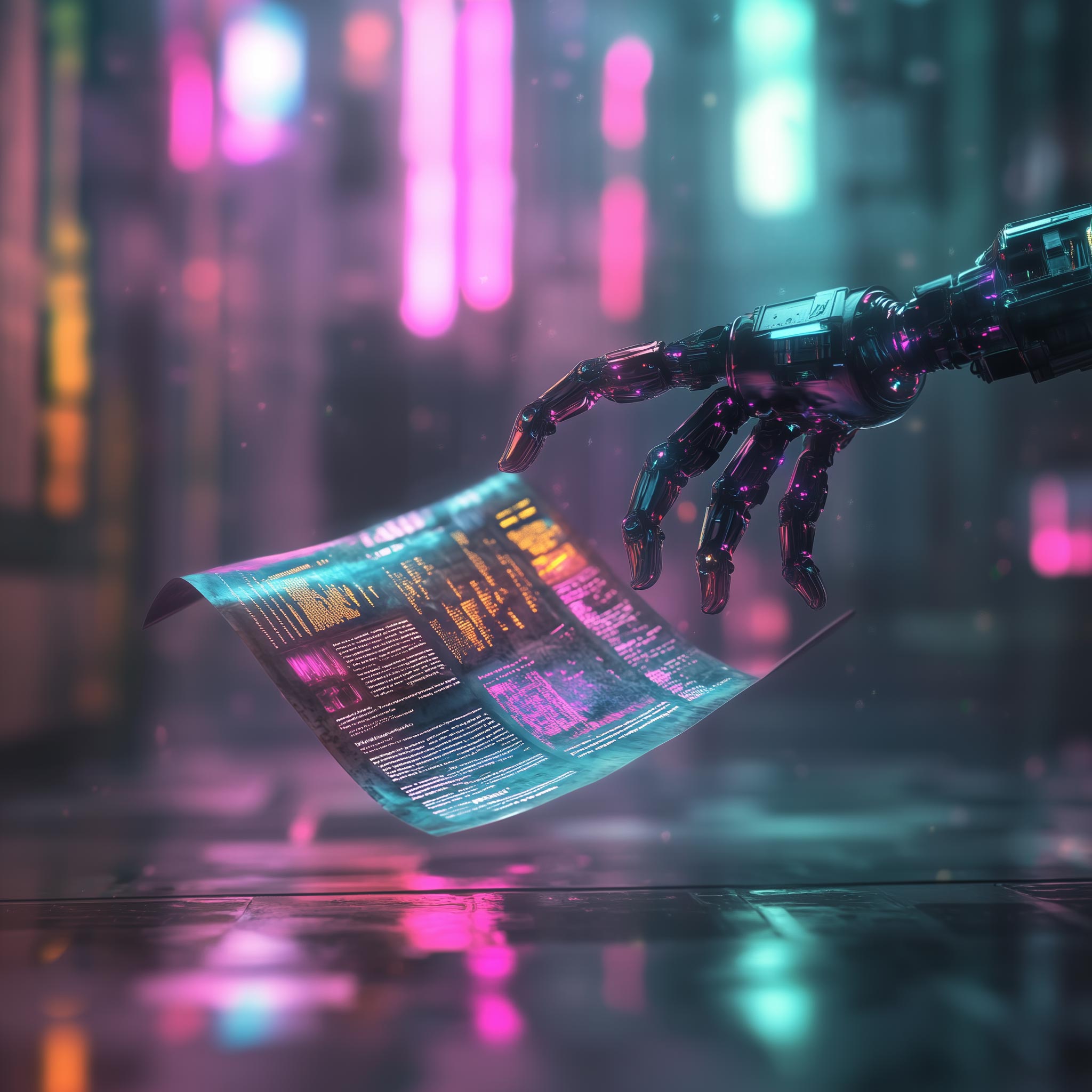Welcome to 2045: where your housekeeper might be a robot, your best mate could have a serial number, and your job? Well, it might be done more efficiently by someone who doesn’t sleep, eat, or scroll TikTok.
In this deep dive, we explore how humanoid robots are set to walk, talk and work their way into every corner of life—from hospitals to homes, and boardrooms to bedrooms (steady now). Over the next two decades, these bionic brainiacs are expected to grow from niche tools to mainstream marvels. But while the promise of productivity and convenience is intoxicating, there’s a hangover brewing—think job loss, surveillance, and ethical head-scratchers galore.
So, should we be thrilled or terrified? (Spoiler: a bit of both.)
Rise of the (Helpful) Machines
Let’s start with the good news. These aren’t your average Roombas. Thanks to advances in AI, biomechanics and materials science, humanoid robots are developing the looks, brains and brawn to perform tasks with alarming finesse. Whether it’s assisting in surgery, restocking warehouse shelves, or delivering cheeky banter while pouring your tea, robots are stepping into roles we never imagined.
Industries embracing the change include:
• Healthcare: Robots like Moxi and Grace are already on the job, delivering meds and companionship with less sass than your average hospital volunteer.
• Logistics & Manufacturing: BMW and Amazon are testing bots for everything from screw-tightening to box-hauling.
• Home Life: Picture a £10k robot nanny-cook-cleaner that doesn’t judge your lifestyle choices.
• Customer Service: From hotels to hospitals, robots like Pepper and Ameca are giving humans a run for their tips.
• Special Ops: Robots are even eyeing up disaster relief, space missions and teaching roles. Siri, move over.
Booming Markets & Sky-High Hopes
Depending on who you ask (and how many zeroes they like), projections for the humanoid robot market vary wildly—from a ‘modest’ $6.7 billion to a jaw-dropping $368 billion by the 2030s. What they all agree on? Growth. And fast.
Why the surge?
• Labour shortages
• Ageing populations
• Appetite for automation
• AI that’s getting smarter (and sassier) by the day
We’re on track for robot coworkers in the 2030s and robot housemates by 2045. Just don’t expect them to chip in for pizza night.
What Could Possibly Go Wrong?
Ah yes, the flipside. While humanoid robots are charming in theory, we’ve got a few knots to untangle before we all start swiping right on them.
Top concerns include:
• Job losses: Sorry Barry from the warehouse, your robotic replacement doesn’t take lunch breaks.
• Privacy: These bots collect data like it’s going out of fashion. Who’s watching the watchers?
• Safety: A 6ft robot with dodgy wiring? That’s a Marvel villain origin story.
• Ethics: Should robots have rights? Can they make moral choices? Can they cry during The Notebook?
And let’s not forget the Uncanny Valley. Because nothing says “relax” like a robot with skin that’s just a bit too smooth.
Designing the Future: What Robots Will Look (and Think) Like
The robots of the future won’t just be shiny mannequins. Thanks to 3D-printed bones, electronic skin, AI-powered brains and electric actuators, they’ll move more fluidly, think more clearly, and maybe even smile convincingly. Maybe.
Key tech trends include:
• Modular designs for easy upgrades
• Electric actuators for better movement
• NLP and LLMs (like ChatGPT) for smarter convo
• Sensors galore: tactile, visual, audio—you name it
Basically, they’re becoming more like us. Let’s just hope they don’t pick up our worst habits.
Ready or Not, Here They Come
By 2045, robots may be indistinguishable from humans in look and intellect. Some predict the rise of Artificial General Intelligence (AGI)—a level of machine smarts that rivals our own.
Will this usher in a golden age of collaboration… or a Blade Runner-esque dystopia? That depends on how well we manage the risks, write the rules, and maybe stop teaching robots to do everything better than us.
The Big Takeaway
The humanoid robot revolution is coming, fast and full of promise. If handled with care, it could transform our lives for the better—helping the elderly, boosting productivity, and even rescuing cats from trees.
But we’ll need courage, clear laws, and a serious think about what it means to be human in a world where machines are becoming more… well, us.
So go on—shake hands with the future. Just don’t forget who built it.



